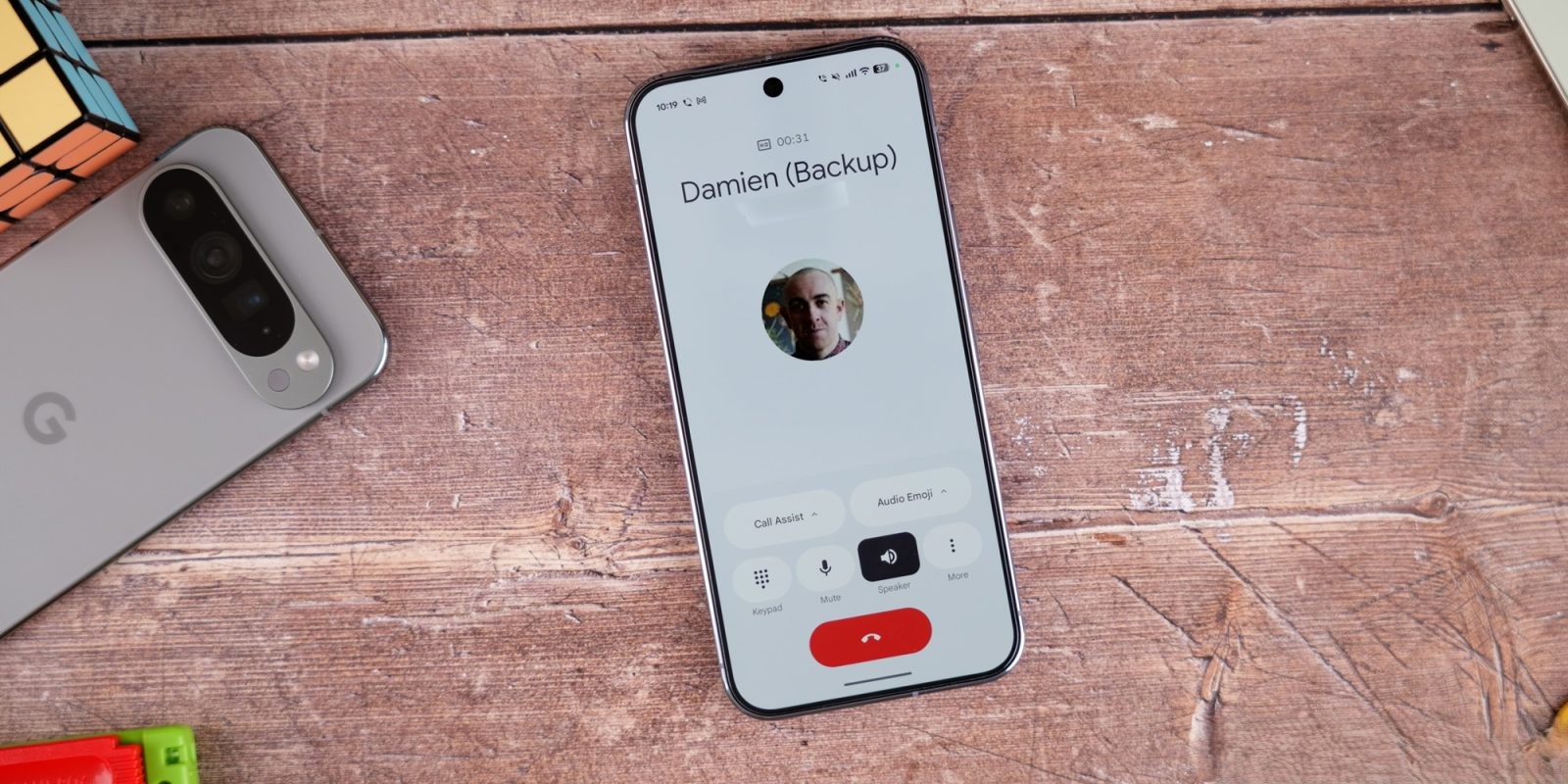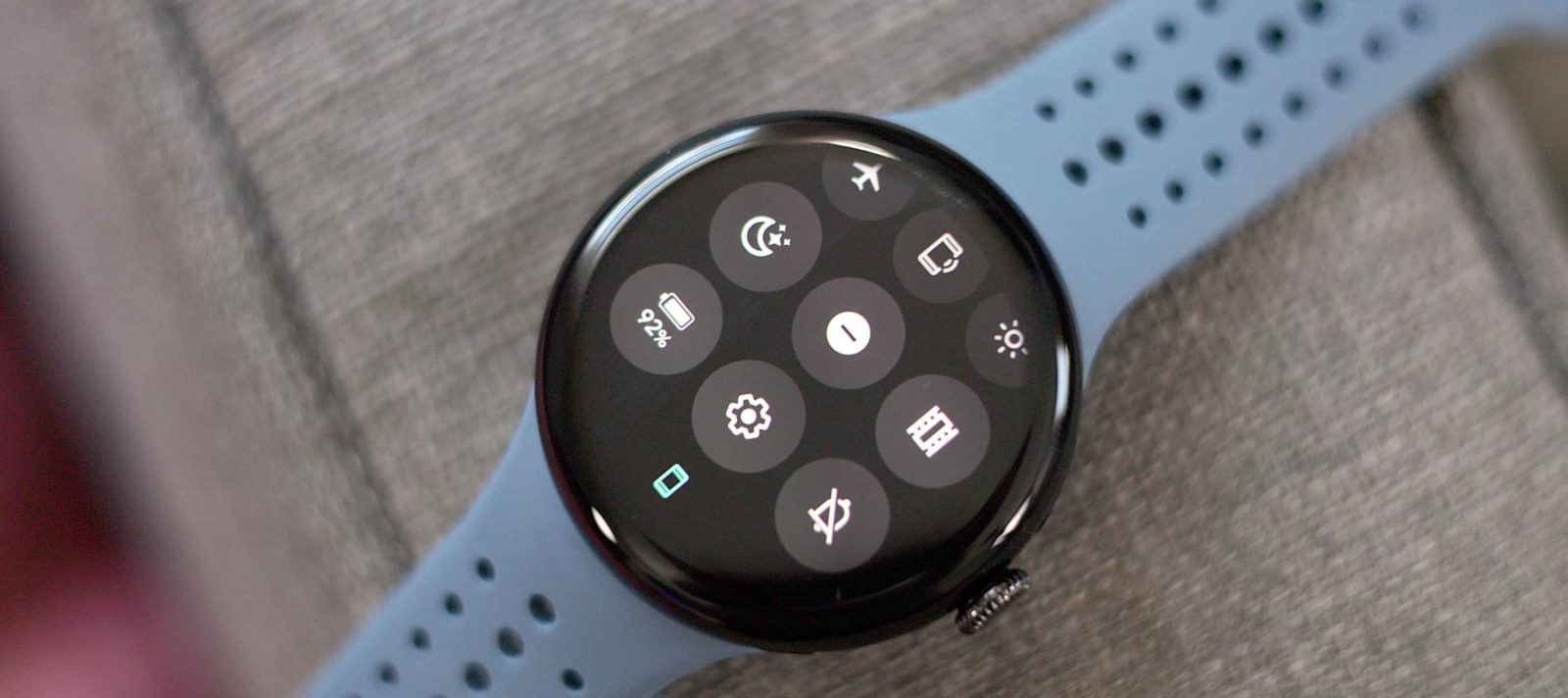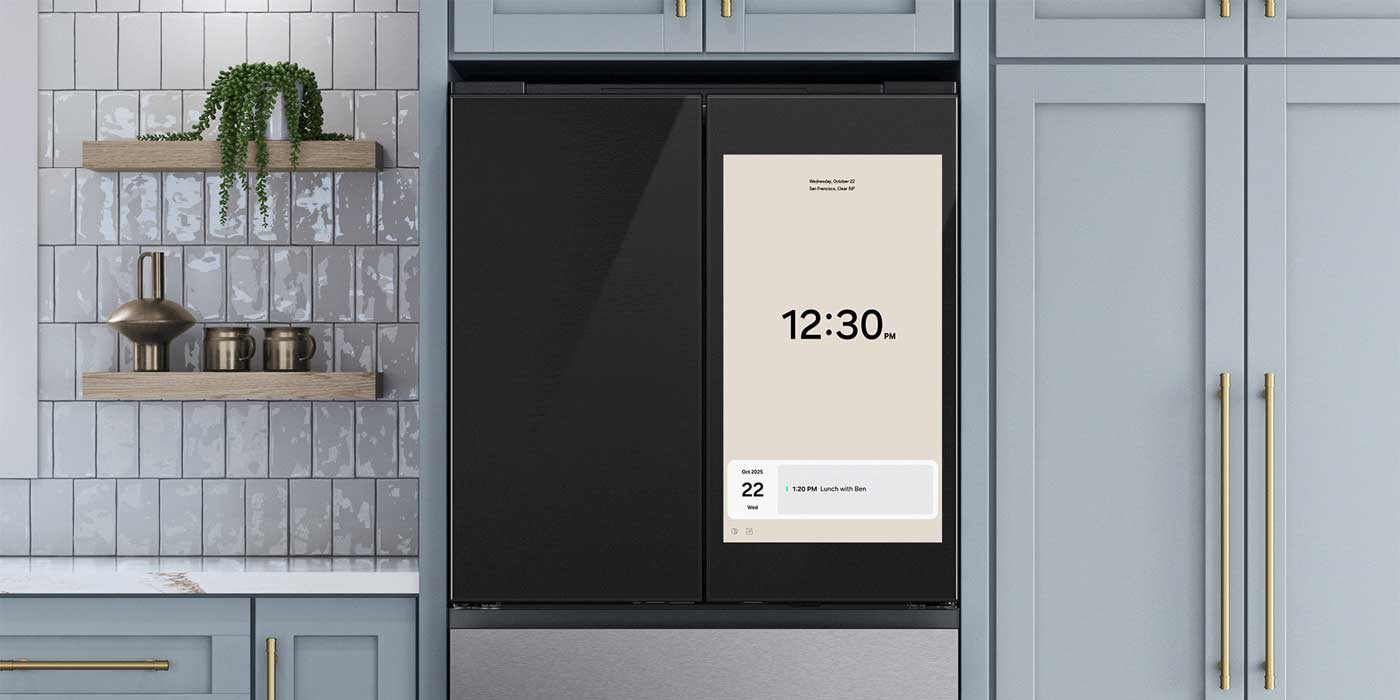In the ever-evolving landscape of digital communication, personalization has become a cornerstone of user experience. Google is reportedly developing a new feature for its Phone app called My Calling Card, aiming to transform how users present themselves during phone calls. This feature is expected to allow individuals to set personalized backgrounds and profile images that will appear on the recipient’s device during a call, adding a social media-like dimension to traditional caller ID.
Background on Calling Cards
Earlier in 2025, Google introduced Calling Cards to the Phone app, coinciding with the rollout of Material 3 Expressive design changes. This initial feature enabled users to assign customized backgrounds to incoming calls on their devices, enhancing the visual appeal and personalization of the calling experience. However, this functionality was limited to local customization, meaning the personalized backgrounds were only visible to the user who set them.
Introduction of ‘My Calling Card’
The forthcoming My Calling Card feature is poised to expand upon this concept by allowing users to create a personalized calling card that will be displayed on the recipient’s device during a call. This means that when you call someone, your chosen background and profile image will appear on their screen, provided they are using a compatible device with the Google Phone app.
Functionality and User Experience
The My Calling Card feature is expected to function similarly to profile pictures on social media platforms. Users will have the ability to set both a background and a profile image, which will then be displayed on the recipient’s device during a call. This approach aims to make phone calls more engaging and personalized, moving beyond the traditional, static caller ID information.
Technical Implementation
The feature has been spotted in an unreleased beta version of the Google Phone app (version 197.0.821392025-publicbeta-pixel). Within this version, a new section titled My calling card appears, accompanied by a create button. While the exact mechanics of the feature are still unclear, it is anticipated that users will be able to design their calling cards by selecting images and backgrounds, possibly integrating with their Google Account for seamless synchronization across devices.
Potential Impact and Considerations
If implemented, the My Calling Card feature could significantly enhance the personalization of phone calls, making them more visually appealing and reflective of the caller’s personality. This could be particularly beneficial for professionals and businesses looking to establish a recognizable and consistent image during client communications.
However, several considerations need to be addressed:
1. Privacy and Security: Users must have control over who can see their calling cards and the ability to opt out if they prefer not to share personalized information during calls.
2. Compatibility: The feature’s effectiveness will depend on widespread adoption of the Google Phone app and compatibility across various Android devices.
3. User Experience: Ensuring that the process of creating and managing calling cards is intuitive and user-friendly will be crucial for widespread acceptance.
Conclusion
The My Calling Card feature represents a potential evolution in how we perceive and engage with phone calls, blending elements of social media personalization with traditional telephony. While still in development, this feature underscores Google’s commitment to enhancing user experience through innovation. As with any new technology, its success will hinge on thoughtful implementation that balances personalization with privacy and usability.



